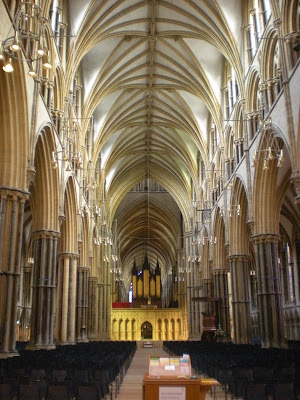As mentioned in earlier posts, my current project has been to invent an element, mass produce it and arrange it in a composition ready for presentation. Below are photos of part of this final composition which I built earlier from our teams design. The brief was quite flexible, so my team decided to work in timber as it would be a higher quality than cardboard. Although this meant spending two afternoons in a workshop trying to build around 100 identical wooden shapes from scratch.




















